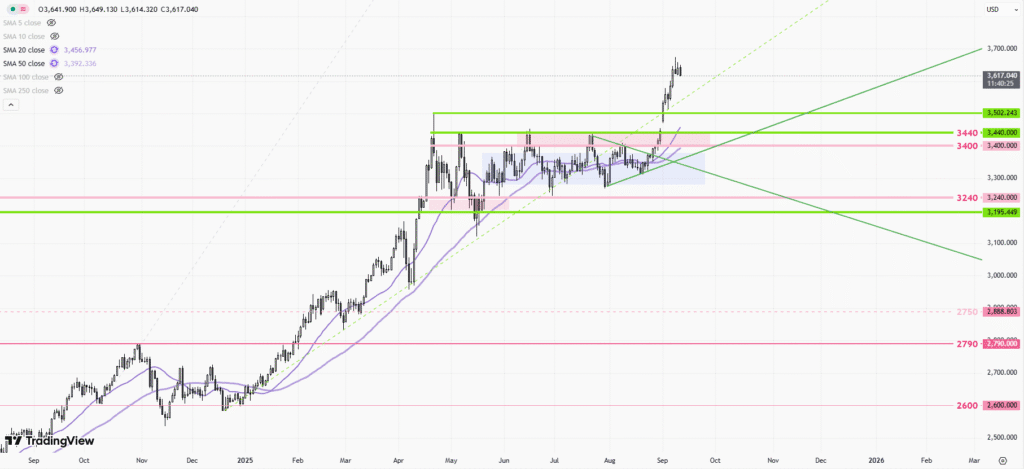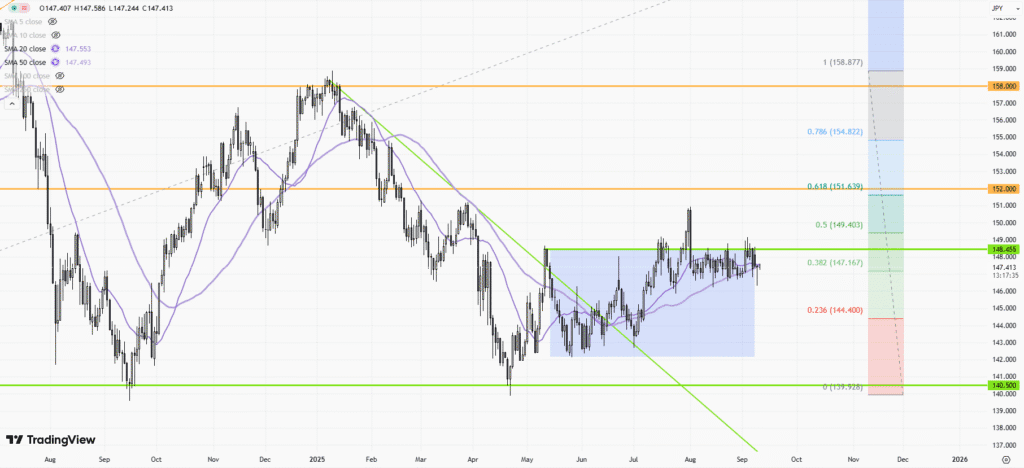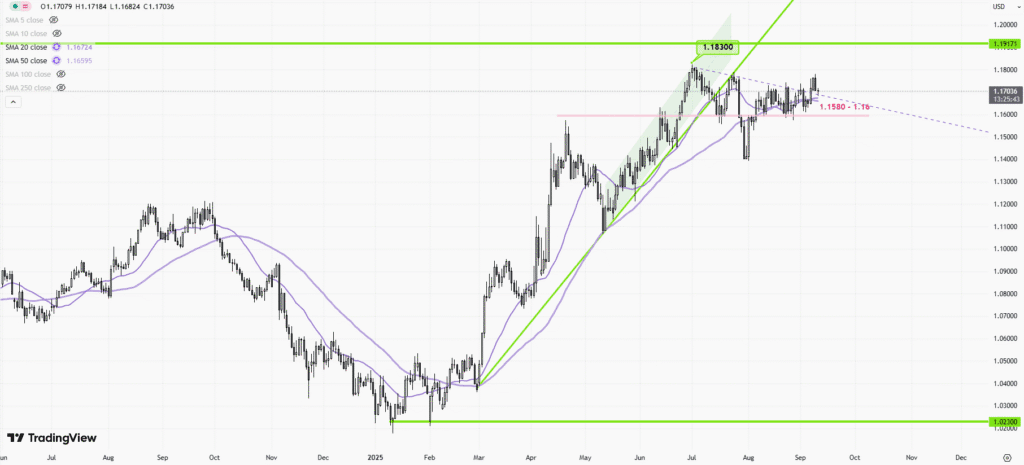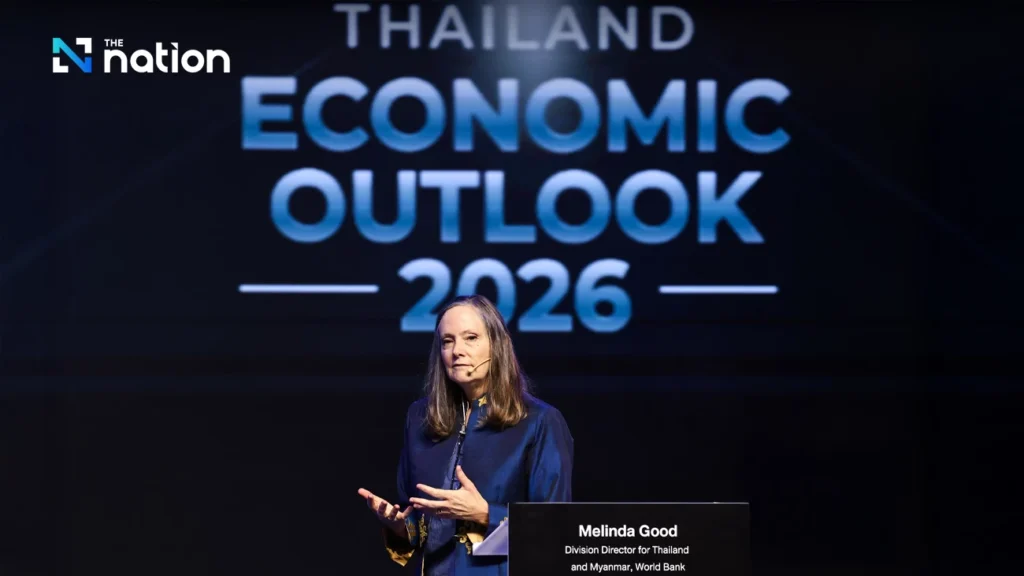 |
| Gold V.1.3.1 signal Telegram Channel (English) |
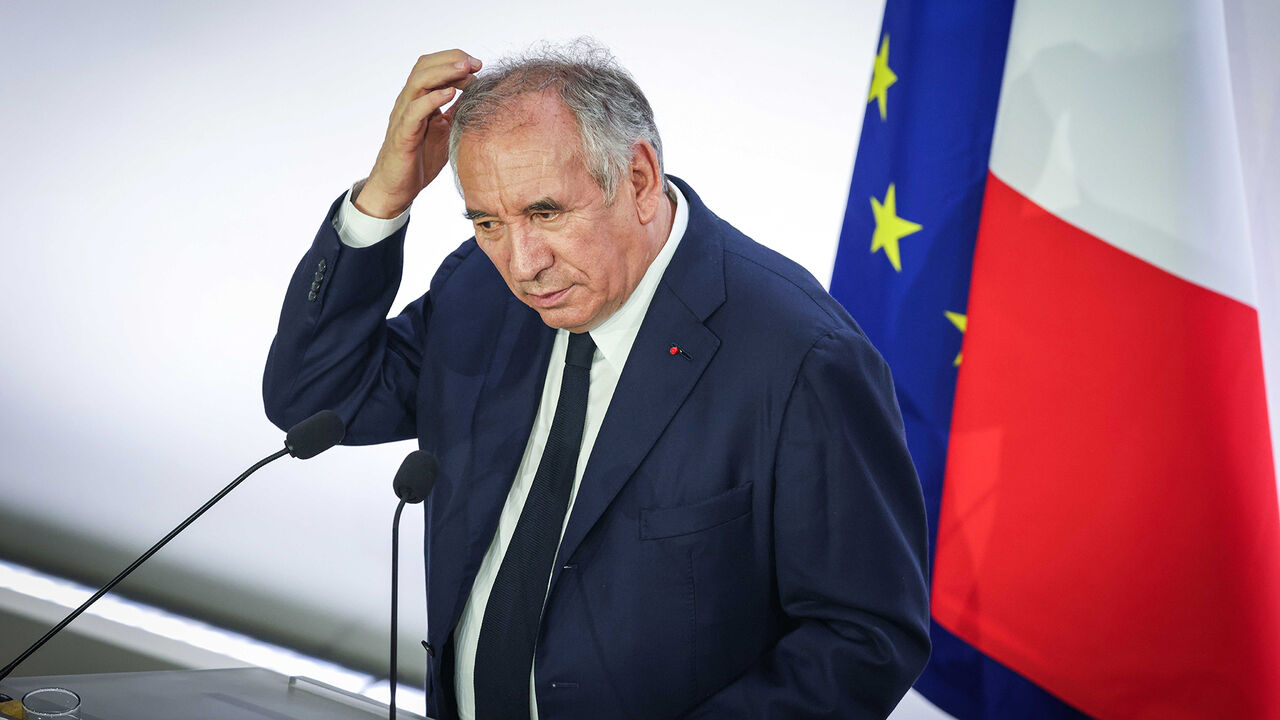
France’s 2025 Economic Outlook: Stagnation, Fiscal Strain, and Political Uncertainty Amid Calls for Reform
2025-08-26 @ 22:01
France is once again at the center of economic and political turbulence, reigniting longstanding questions about its resilience and future prospects. The country, renowned for its social safety net, extensive public sector, and proud industrial history, now faces challenges that demand urgent answers: low growth, persistent deficits, and shaky social cohesion.
Sluggish Economic Growth
In 2025, France’s economy is suffering from near-stagnation. Growth is forecast to be just 0.6% for the year, a sharp slowdown from the post-pandemic rebound and disappointing even by recent European standards. This stalling growth reflects a convergence of headwinds. Consumer spending has failed to recover, with households reluctant to open their wallets and savings rates at historic highs. Investments have also lagged, stunted by uncertainty and tighter financial conditions, while foreign trade has slipped into deficit.
The Paris Olympics of 2024 provided only a temporary boost—and any lingering benefits have quickly dissipated. While disinflation has set in and headline inflation is expected to fall below 1% in 2025 thanks to moderating energy prices, this easing is not enough to unlock growth. The muted business climate across the eurozone has only marginally improved, and the French economy has not been able to capitalize on the region’s slightly looser monetary conditions.
Public Finances Under Strain
France’s highly developed welfare state and social programs, while a source of national pride, have contributed to deepening fiscal challenges. Public deficits have remained stubbornly high in recent years. In 2025, the deficit is projected to decline only modestly to 5.6% of GDP, down from 5.8% the year prior—a figure far above the eurozone’s Stability and Growth Pact target. Meanwhile, public debt is expected to reach 116% of GDP in 2025 and climb further in 2026.
To address these mounting concerns, the government is reluctantly pursuing fiscal consolidation. This involves a sweeping €40 billion in spending cuts across ministries and public entities, affecting everything from health services to local transportation. While necessary to shore up the government’s books, these measures are already weighing on economic activity by dampening public consumption and investment.
Persistent Policy Uncertainty
The French political environment adds yet another layer of complexity. The government is under mounting pressure both from opposition parties and from the street. Social discontent has translated into widespread strikes and protests in recent years, most notably over pension reforms. The possibility of a government collapse or snap elections remains ever-present, casting a pall over both business and household confidence.
This uncertainty seeps into all aspects of the economy. Businesses are hesitant to invest and hire. Plans for crucial structural reforms—long recognized as vital to boosting productivity and growth—are repeatedly delayed. The specter of political instability, layered atop already weak economic fundamentals, risks compounding France’s predicament.
Labor Market and Structural Challenges
Despite the gloom, the French labor market has shown some resilience. Unemployment is expected to tick up only modestly to around 7.9% in 2025, despite economic stagnation. However, beneath the headline numbers lie deeper problems: rigid labor regulations, high payroll taxes, and a skills gap that constrains both supply and demand for qualified workers.
France’s enduring struggle to drive sustainable growth can be traced to several structural issues. Productivity has flatlined, innovation lags peer economies, and the business environment remains dominated by bureaucracy and regulatory hurdles. Reform efforts, from streamlining taxes to improving education and labor flexibility, have yielded only incremental progress.
What Lies Ahead?
Looking forward, there is a glimmer of hope that the worst may soon pass. As inflation retreats and real wages inch up, private consumption could strengthen somewhat in 2026, propelling GDP growth back to around 1.3%. However, this optimistic scenario depends on a successful transition to sustainable fiscal management—and perhaps more importantly, the ability of France’s political leaders to navigate a path through reform without igniting further social unrest.
France’s challenges are not unique, but its combination of high public debt, persistent deficits, an expansive welfare state, and political volatility present a particularly acute test. The coming months and years will be crucial in determining whether the country can escape the low-growth trap and regain its footing as a pillar of European stability.
For investors, policymakers, and the French public alike, all eyes are on Paris. The choices made now will not just shape France’s near-term recovery but also its future as a leading economic power in Europe. Whether the country can reinvent its model for the twenty-first century remains an open—and critical—question.


